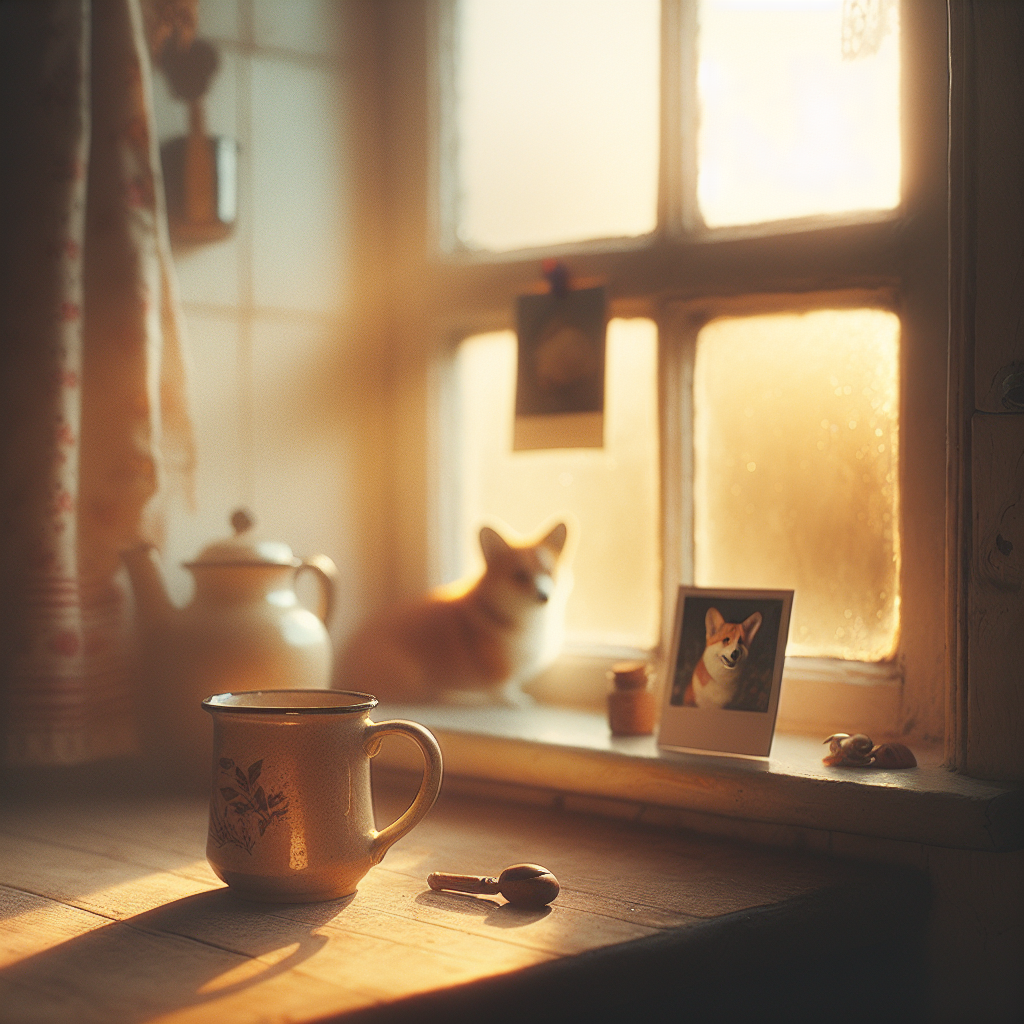
Quiet Series: Turning Small Daily Moments into a Photo Essay
Why small things matter
There’s a stubborn belief I carry from magazine days: not every story needs fireworks. Some of the most honest narratives live in the repeated, the quiet, the twenty-second pause between making coffee and checking email. Photographing small daily moments trains your eye to notice patterns of light, gesture, and color. It also makes a manageable practice — you don’t need a permit, a model release, or perfect gear. You just need attention.
What I mean by a micro-series
A micro-series is a collection of 6–15 images that read together as a single, small essay. Think: the same windowsill over a week, a single hand making toast, or a stack of rainy-day umbrellas. The aim is coherence: repeated subject, consistent choices (lighting, framing, palette), and a gentle progression or rhythm. The result feels like a single sentence broken into well-measured clauses.
Basic recipe — 6 practical steps
- Notice and commit: Spend a day noticing what repeats. Is it the steam above the kettle? The way light hits your neighbor’s balcony at 6 p.m.? Choose one small subject to follow for a few days.
- Choose constraints: Decide on 2–3 rules you’ll keep for the series — same focal length, same orientation (all vertical or horizontal), or the same distance from the subject. Constraints make a series feel intentional.
- Simplify the frame: Reduce visual clutter. Move distracting objects, change your angle, or step closer. Say no inside the frame; an image that breathes often reads clearer.
- Work with available light: Small moments are usually lit by natural sources: windows, streetlamps, candles. Turn toward that light and let it be the mood-maker. Avoid mixing color temperatures unless that’s your deliberate choice.
- Repeat and vary: Repeat the subject but vary composition enough to keep the sequence alive. Change vantage point, crop tighter, or include a contextual pullback shot to give the series scale.
- Edit to rhythm: Lay out your images and look for rhythm: alternate close/medium, quiet/detail, shadow/highlight. Aim for a rhythm that lets the viewer breathe.
Composition notes I find myself teaching
When I’m editing or teaching, I return to a handful of compositional moves that read well across small, repeatable images:
- Anchor with a stable plane: a tabletop, windowsill, or the line of a curb. It gives the eye someplace to rest.
- Use negative space as a storyteller: empty space can imply waiting, absence, or quiet — three cousin moods that are gold for micro-stories.
- Keep a consistent horizon/axis across images when you want unity. Small shifts in tilt break calm; use tilt when you want tension.
- Look for a recurring motif — a color, a shadow shape, a particular hand gesture. Motifs are the glue between frames.
A short annotated breakdown — "The Cup on the Sill"
Example subject: the same mug on the kitchen windowsill over a week.
- Frame 1: Wide contextual shot — windowsill, mug, and a hint of street trees. Purpose: establish place.
- Frame 2: Mid-close — mug and the diffused puddle of light on the sill. Purpose: mood.
- Frame 3: Detail — ring of tea stains and a chipped rim. Purpose: texture, intimacy.
- Frame 4: Shadow study — handle silhouetted against late evening light. Purpose: shape.
- Frame 5: Gesture — a hand reaching, slightly blurred. Purpose: human presence without identity.
- Frame 6: Variation — different mug, same spot, same light. Purpose: rhythm and the passage of days.
Together, these read like a small diary: place, mood, detail, shape, presence, change.
Gear and workflow — friendly choices
My recommended kit is intentionally modest. Use what you have; constraints are your friend.
- Phone camera: excellent for quick, habitual capturing. Shoot in RAW or use Pro mode if available to retain highlight detail.
- Prime lens (35mm or 50mm): gives consistent perspective and nudges you to move with your feet.
- Small tripod or tabletop beanbag: useful for repeat framing if you want identical frames across days.
- Film camera? Please. My trusty-but-untrustworthy films still make lovely grainy micro-series. Scan consistently to keep tone uniform.
Ethics and respect
When photographing daily life that includes people, respect privacy and agency. If a shot includes a neighbor, child, or a vulnerable subject, ask permission. If you’re documenting public moments, be mindful of how the images might be read outside your intention. My teaching always includes a short reminder: consent is part of composition. It’s also good sense.
Editing — the quiet work where a series becomes a story
Editing is where the infinitesimal gestures add up to meaning. Lay your images out in one line and remove anything that feels like a technical or narrative distraction. Swap order to test rhythm — sometimes the small magic is in a single image moving from position three to position five. Keep colors and contrast consistent; small color shifts can make images feel like they belong to different worlds.
Photography is less about catching the extraordinary than about showing us how the ordinary accumulates meaning.
Closing note from the wall of polaroids
Start small. Commit to one subject for a week. Make constraints and keep them. Edit like you’re arranging pebbles on a windowsill until they look inevitable. And if you get stuck, bring Pixel into the frame — she has an unerring talent for looking photogenic when tea is involved. Most importantly: shoot with curiosity, and let the tiny things teach you patience.